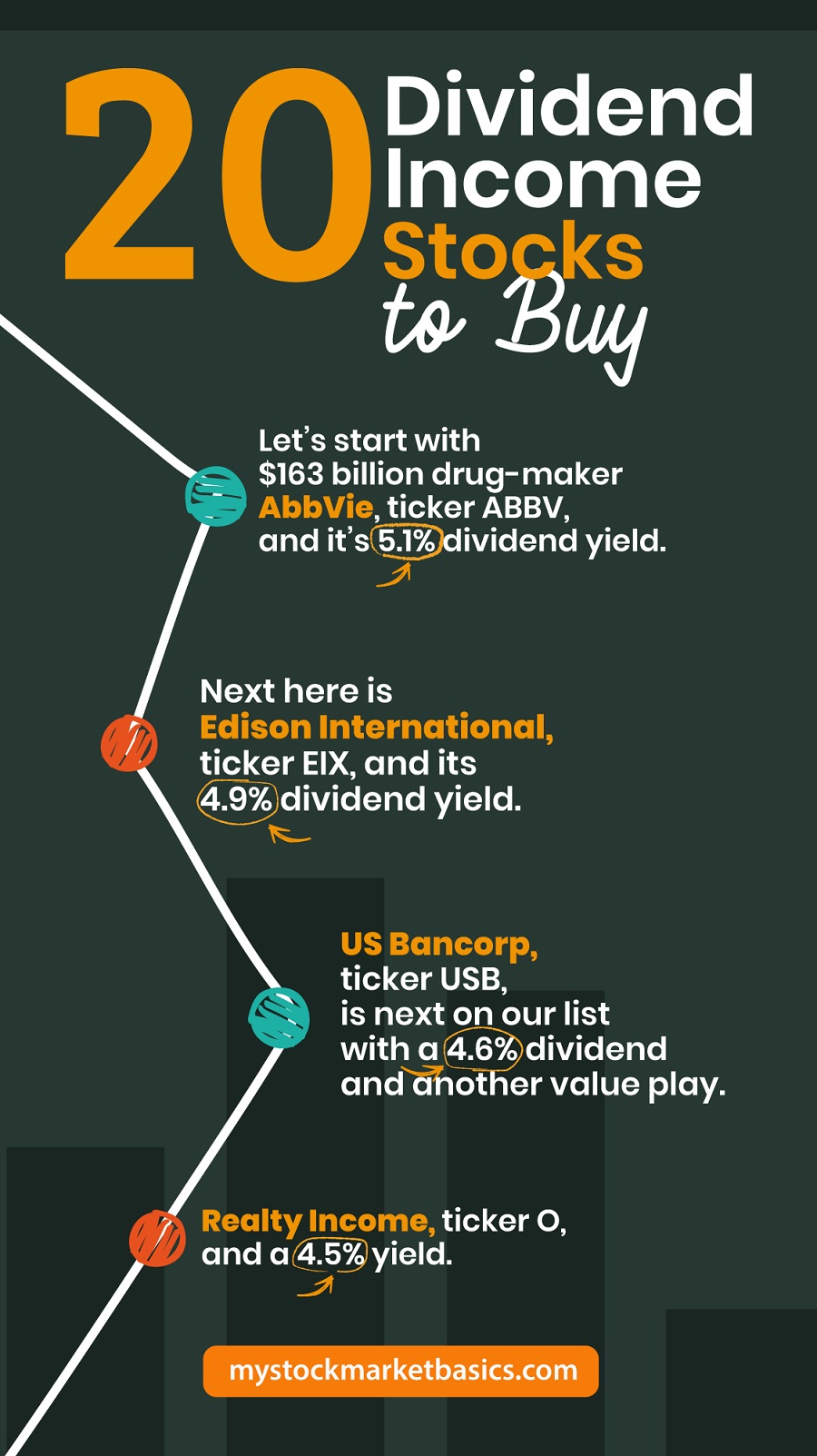
When the price of a good or asset rises significantly over its value, an economic bubble is formed. These can be caused by various factors, including a shift in investor behavior or a new technological innovation.
Many times, economic bubbles can only be identified "after-the-fact." Changes in market conditions are the primary cause of economic bubbles, though there have been many other factors. Some of these factors include ultra-easy currency policy and very low interest rates.
In an effort to understand why these bubbles form, economists have developed a set of guidelines that they use to determine whether or not an investment is a bubble. These guidelines can help investors to avoid investing in assets that may be a bubble.
The first step to determining if or not an asset is a "bubble" is to look at the increase in value over time. The financial records of a company can provide this information.

Dividends can be used as a way to estimate the value of assets. This can indicate how stable the business model of the company is, and whether or not an asset's value will continue rising in the future.
Stock bubbles
Stocks are an important part of a portfolio, as they represent a significant amount of wealth in most economies. Stocks that are overvalued can be dangerous investments. To avoid investing in a dangerous asset, it's important to closely monitor the performance of companies and look for early signs of a stock bubble.
Dot-com bubbles are well-known examples of stock bubbles. It was fuelled by low-cost money and the introduction new technologies such the internet.
In history, there have been many other major stock booms. The South Sea Bubble of the 1600s was one. Both bubbles involved investments that were vastly overpriced and led to large losses for investors.
Stock bubbles involve the purchase of shares in an organization in hopes of increasing their value. This is usually done via an initial public offering (IPO).

Speculative stock investors are often the ones who drive up the stock price in a typical stock market bubble. They want to take advantage of the higher value of shares. These speculators may not be rational, and they act often without considering their own financial well-being or the future health of a company.
Stock bubbles have the potential to be one of most devastating economic bubbles. Many people lose their savings in a stock market bubble. This can have a negative impact on the economy and cause job losses. To make an informed choice about whether or to not invest in a particular asset, you need to know the signs of a stock market bubble.
FAQ
How are securities traded
The stock market lets investors purchase shares of companies for cash. Companies issue shares to raise capital by selling them to investors. Investors then resell these shares to the company when they want to gain from the company's assets.
Supply and demand are the main factors that determine the price of stocks on an open market. The price goes up when there are fewer sellers than buyers. Prices fall when there are many buyers.
There are two options for trading stocks.
-
Directly from the company
-
Through a broker
What is the role and function of the Securities and Exchange Commission
SEC regulates the securities exchanges and broker-dealers as well as investment companies involved in the distribution securities. It also enforces federal securities laws.
What are the benefits to owning stocks
Stocks are more volatile that bonds. The stock market will suffer if a company goes bust.
However, if a company grows, then the share price will rise.
For capital raising, companies will often issue new shares. This allows investors the opportunity to purchase more shares.
Companies can borrow money through debt finance. This gives them cheap credit and allows them grow faster.
A company that makes a good product is more likely to be bought by people. The stock's price will rise as more people demand it.
As long as the company continues producing products that people love, the stock price should not fall.
Statistics
- Our focus on Main Street investors reflects the fact that American households own $38 trillion worth of equities, more than 59 percent of the U.S. equity market either directly or indirectly through mutual funds, retirement accounts, and other investments. (sec.gov)
- Individuals with very limited financial experience are either terrified by horror stories of average investors losing 50% of their portfolio value or are beguiled by "hot tips" that bear the promise of huge rewards but seldom pay off. (investopedia.com)
- For instance, an individual or entity that owns 100,000 shares of a company with one million outstanding shares would have a 10% ownership stake. (investopedia.com)
- "If all of your money's in one stock, you could potentially lose 50% of it overnight," Moore says. (nerdwallet.com)
External Links
How To
How to Invest in Stock Market Online
Stock investing is one way to make money on the stock market. There are many ways to do this, such as investing through mutual funds, exchange-traded funds (ETFs), hedge funds, etc. Your investment strategy will depend on your financial goals, risk tolerance, investment style, knowledge of the market, and overall market knowledge.
You must first understand the workings of the stock market to be successful. Understanding the market and its potential rewards is essential. Once you know what you want out of your investment portfolio, then you can start looking at which type of investment would work best for you.
There are three main types of investments: equity and fixed income. Equity refers to ownership shares of companies. Fixed income means debt instruments like bonds and treasury bills. Alternatives include things like commodities, currencies, real estate, private equity, and venture capital. Each option has its pros and cons so you can decide which one suits you best.
Two broad strategies are available once you've decided on the type of investment that you want. The first is "buy and keep." This means that you buy a certain amount of security and then you hold it for a set period of time. Diversification refers to buying multiple securities from different categories. If you purchased 10% of Apple or Microsoft, and General Motors respectively, you could diversify your portfolio into three different industries. Multiplying your investments will give you more exposure to many sectors of the economy. You are able to shield yourself from losses in one sector by continuing to own an investment in another.
Risk management is another important factor in choosing an investment. Risk management will allow you to manage volatility in the portfolio. A low-risk fund would be the best option for you if you only want to take on a 1 percent risk. If you are willing and able to accept a 5%-risk, you can choose a more risky fund.
Learning how to manage your money is the final step towards becoming a successful investor. The final step in becoming a successful investor is to learn how to manage your money. You should have a plan that covers your long-term and short-term goals as well as your retirement planning. Sticking to your plan is key! Keep your eyes on the big picture and don't let the market fluctuations keep you from sticking to it. Stick to your plan and watch your wealth grow.